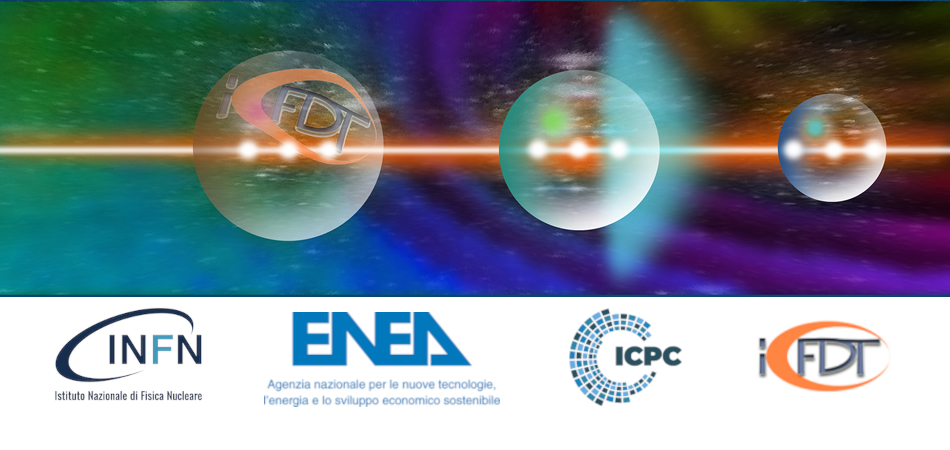Speaker
Description
The interaction of high-power laser pulses with matter produces electromagnetic radiation with a broad frequency spectrum, ranging from the MHz up to the THz range [1,2]. These pulsed fields (known as Electromagnetic Pulses: EMPs) can reach intensities of the MV/m order at meter distance from the interaction point and are, therefore, often considered as a hazard in laser-plasma experiments, due to their capability of potentially damaging the surrounding electronic devices. However, recent research shows that these fields, if controlled with ad-hoc techniques, can be exploited for promising applications, including high-intensity magnetic fields for inertial confinement fusion schemes [3], the transport and acceleration of particle beams [4] and the controlled generation of transient high-intensity electric fields over large-volumes [5]. Thus, the comprehension of their origin and the development of diagnostic techniques and devices, is crucial for mitigating unwanted EMPs and use them, on the other hand, for applications. We present here the state-of-the-art of diagnostics techniques for characterizing the transient electromagnetic emission, in the spectral range of MHz-GHz, generated by laser-matter interactions, addressing challenges and technological aspects. In this frequency range, due to the typical intensities and time duration of laser-driven EMPs, conductive probes are most commonly used for field probing, although they are intrinsically much affected by background noise, due to ionizing radiation. Innovative electro-optical probing techniques promise instead more robustness; we will highlight their features, their limitations and the challenges of their implementation during experiments.
References:
[1] F.Consoli et al., High Power Laser Sci. Engin. 8, e22 (2020)
[2] F. Consoli et al., Phil. Trans. R. Soc. A379, 20200022 (2021)
[3] J. Santos, et al, New Journal of Physics 17, 083051 (2015)
[4] S. Kar, et al. Nature Communications 7, 10792 (2016)
[5] F. Consoli et al., Patent PCT/IB2020/057464, WO2021/024226

